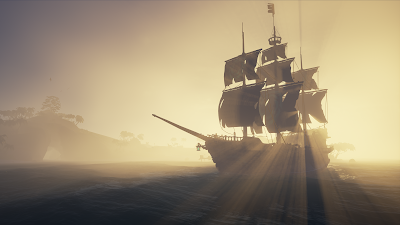Pioneers of the last century
Take tech industry as an example, anyone here can peddle dreams in the name of cool-sounding technologies like artificial intelligence, blockchain, and virtual reality, and It's hard to tell whether these current hot spots will stand the test of time. Bubbles formed and burst, and the future may not look as good as we thought it would be.
Over the past year, while researching the design philosophy of Notion and the ideas of Bret Victor, I stumbled upon another approach. Don't look straight to the future; look back to the past. Look at the pioneers of the last century and see what kind of future they want to build. Does our world fit their vision then? If not, how far have we got? What has gone wrong? Do we have a solution to these problems now? The advantage of this approach is that there are less noise and bubbles because ideas that don't stand the test of time weren't written down, and those that do have been honed over time. More importantly, the vision of the future that people imagined in the last century may have been unrealistic at the time, but it may now be feasible.
So, let's make the present right first. The better future will come naturally if we succeed.
很多人都想對世界產生 impact,而一個常見的作法是看看我們現在的世界有什麼,並在這個基礎上去思考我們可以怎麼樣創造更好的未來。然而這個作法有個問題,那就是當今世界有太多的噪音。
以科技產業為例,現在任何人都可以打著人工智慧、區塊鏈、虛擬實境等名號四處兜售夢想,但我們很難真正判斷這些熱點技術是否經得起時間的考驗。泡沫的形成和破滅是常有的事,未來也許不會像這些人所預言的那麼美好。
過去一年在研究 Notion 的設計哲學和 Bret Victor 的想法時,我偶然發現了另一種作法:不要只看未來,要懂得看向過去。上個世紀的開拓者們想要打造什麼樣的未來?我們現在的世界符合他們當初的願景嗎?如果不符合,我們目前走了多遠?遇到了哪些困境?我們現在有解決這些困境的方法嗎?這種做法的好處在於比較沒有噪音和泡沫,因為那些經不起時間考驗的想法不會被流傳下來,而那些經得起時間考驗的想法會隨著時間被打磨得更加完善。更重要的是,上個世紀開拓者們對未來的憧憬在當時可能有些不切實際,但在現在可能已變得可行。
所以,先把現在這個世界打造成它「應該要有的樣子」。如果成功了,更好的未來自然會到來。




Comments
Post a Comment